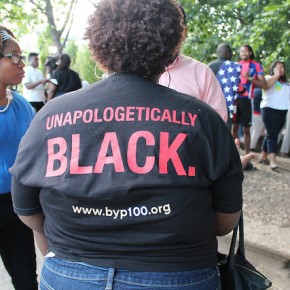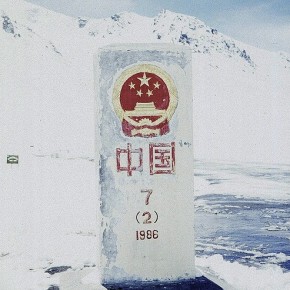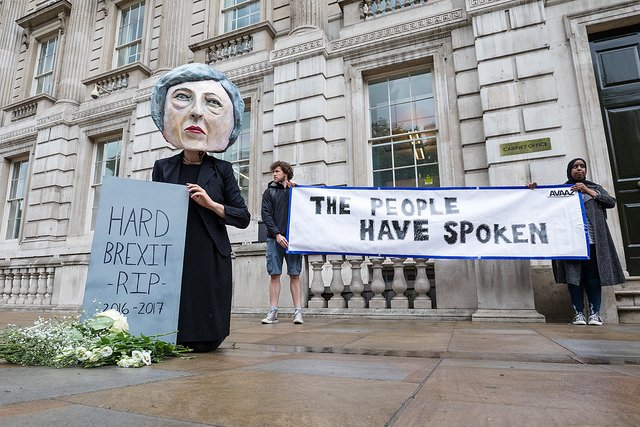There is a section in David Kilcullen’s excellent counter-insurgency book The Accidental Guerrilla where the author describes a rising insurgency in terms of an antibody model. The antibodies being those resisting the occupation, theorised as a foreign object.
If we flip that analysis on its head, we can apply it to the British (or any other) ruling class. For them, the public availability of particular information can be damaging.
The establishment has it’s own antibodies. In fact, it has lots of them. There is a legion of civil servants, coppers, soldiers, spies, collaborators, informers, touts and grasses to prop it up. But it must also legislate antibodies into being wherever it can.
A prime example of a basic ruling class defence mechanism, one wielded, perhaps unsurprisingly, under the banner of national security interest is the D Notice. A peculiarly British concept involving polite threats made to newsmen. You can read about them to your hearts content here (1) and here (2).
D Notices have existed since before the First World War. They come in the form of non-legally binding ‘advice’ issued to the press by the government to keep particular information out of the public forum, and by extension the public mind.
Notices are marketed by those charged with administering them as an innocuous, even wholesome, example of cooperation between media and state. This might seem odd. Does chummy collusion between Oxbridge journalists and Oxbridge politicians require a committee? Probably not, yet such a grouping does exist.
The committee charged with dishing notices out says that its role is merely to help and advise newspapers on how best to publish national security information.

The D Notice system is a route by which the government can politely request that editors know their place – an official shot across the bows, if you like.
On occasions, Notices have been used for fairly reasonable security reasons. In the mid-2000s, for example, they were used to keep details of IED countermeasures used by UK troops in Iraq a secret.
Often, they have been used for more questionable ends – such as hindering the publication of information of great public interest and obscuring the activities of high-profile paedophile rings.
The latter is what has brought them back into focus in the last week, when it was flagged up in the Guardian that D notices may have been used to gag the media from reporting the activities of a high-profile paedophile ring in the 80s.
The antibody use of such measures comes into relief in this case. If true, it is hard to see how need covering up establishment paedophilia fit relates to the stated aims of the system i.e., preventing the disclosure of information which might endanger military or intelligence operations, lives or critical national infrastructure.
More recently D Notices were used to try and stop releases of information by Wikileaks and to stem the release of information pertaining to the US’s PRISM mass spying operations.
D Notices were also once used in Australia, where they appear to be mutating out of their antibody role and into a distinctly post 9/11 kind of cancer. They have formed the basis for the National Security Legislation Amendment Bill, which could see journalists criminalised for reporting on intelligence operations.
D notices are far more than an established way to justify sending a strongly worded letters on headed paper. For the establishment, journalists, truth-tellers and whistleblowers can and do regularly become viewed as dangerous foreign bodies in need of removal, and D Notices are just one of a range of options to keep them off the airwaves.
Photographs courtesy of Eleventh Earl and norbet1. Published under a Creative Commons license.





